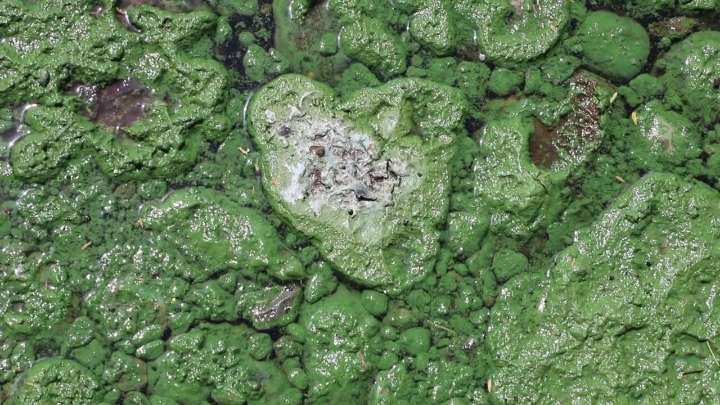FORT MYERS, Fla. - Toxic blue-green algae , also known as cyanobacteria, is back in Florida waters, and scientists say the danger extends beyond what you can see.
What we know:
It can sicken people and kill pets, especially when the algae release airborne toxins. But, researchers at Florida Gulf Coast University (FGCU) say we’ve made major progress in understanding how it works — and how to slow it down.
FGCU marine science professor Dr. Mike Parsons discovered airborne toxins from algae blooms during Florida’s massive 2018 outbreak.
"We basically detected it everywhere we’ve looked," he said.
Since then, Parsons says the airborne levels have dropped, likely due to fewer massive blooms in recent years. But, the potential for major outbreaks remains.
The backstory:
In 2018, Flori

 FOX 13 Tampa Bay Crime
FOX 13 Tampa Bay Crime

 The Travel
The Travel Associated Press US and World News Video
Associated Press US and World News Video Daily Inter Lake
Daily Inter Lake New York Post
New York Post The Columbian
The Columbian First Alert 4 News
First Alert 4 News The Daily Sentinel
The Daily Sentinel Newsweek Top
Newsweek Top The Daily Beast
The Daily Beast The Babylon Bee
The Babylon Bee